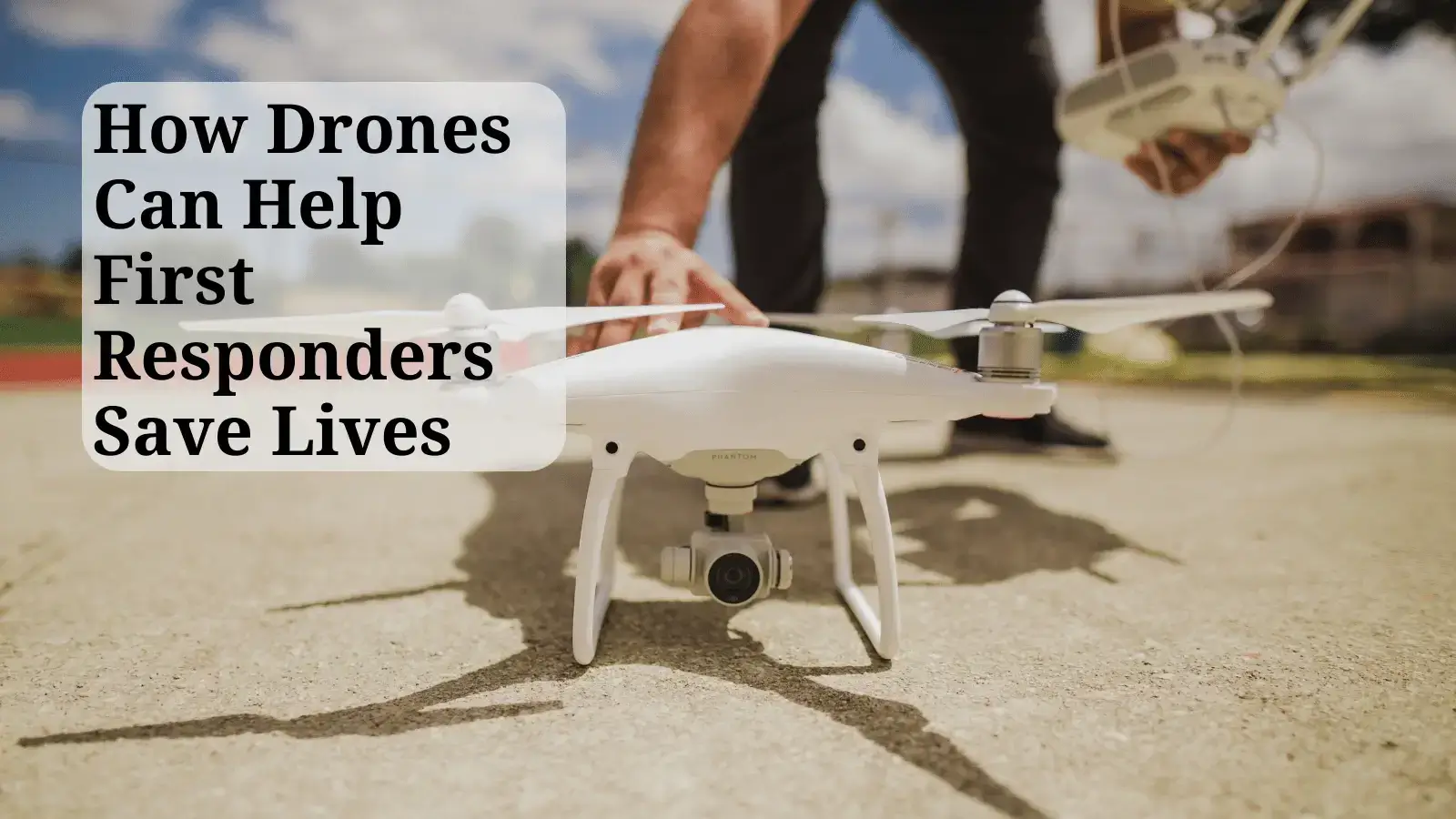When emergencies happen, the first responders are often the ones who arrive on the scene to help. They provide critical support in a time of need, and their work can literally save lives. But what if there was a way to give these responders an even greater situational awareness? What if they could see things that were not visible to the human eye? This is where drones come in.

How can drones help?
Drones can provide situational awareness to first responders by giving them a bird’s eye view of what is happening. They can help dispatchers better understand the scope of an emergency before sending out personnel, allowing them to make more informed decisions. With real-time aerial footage, they can also determine if additional resources are needed quickly and accurately.
For 911 dispatchers, situational awareness is critical when locating people in distress or providing detailed mapping during search and rescue operations. Drones can be used to survey hazardous areas, ensuring that responders aren’t at unnecessary risk while on duty.
Additionally, drones have been found to dramatically reduce response time for critical dispatch calls like firefighting and EMS calls. With the help of drones, first responders are able to identify what resources they need while en route accurately and can often arrive on the scene faster than ever before.
What type of drones are used in this?
Drones for situational awareness come in many shapes and sizes, with each type of drone having its own purpose. Small quadcopters are popular for surveying small areas quickly and can be used to explore an area before personnel arrives on the scene. Fixed-wing drones are typically used for larger areas as they can cover more ground and stay in the air for a longer period of time.
In terms of features, situational awareness drones often have thermal cameras or night vision capabilities, allowing responders to safely view any area at any time of day or night. They also often have sensors that can detect things like gas levels or hazardous materials that could be present in a given location – helping first responders make the safest decisions possible while out on a call.
Criticism over using drones
While drones have proven to be an invaluable asset for first responders, some people still need to be more confident when it comes to using them. Many worry about potential privacy violations or the use of deadly force in certain situations. As a result, some states have laws limiting the use of drones by public safety agencies.
Despite these criticisms, situational awareness drones continue to be utilized by first responders worldwide. By providing real-time situational awareness and reducing response times, they remain one of the most valuable tools available for emergency management and personnel safety.
The Future
As technology continues to advance, situational awareness drones are becoming even more capable. Newer models feature longer flight times and extended range capabilities, allowing them to cover larger areas in less time. They can also be outfitted with features like autonomous navigation or obstacle avoidance, allowing first responders to focus on the task at hand instead of controlling the drone.
Looking ahead, situational awareness drones will continue to play an essential role in emergency management operations. Giving first responders a bird’s eye view of any situation provides invaluable insight that can save lives and ensure everyone stays safe during an emergency.
